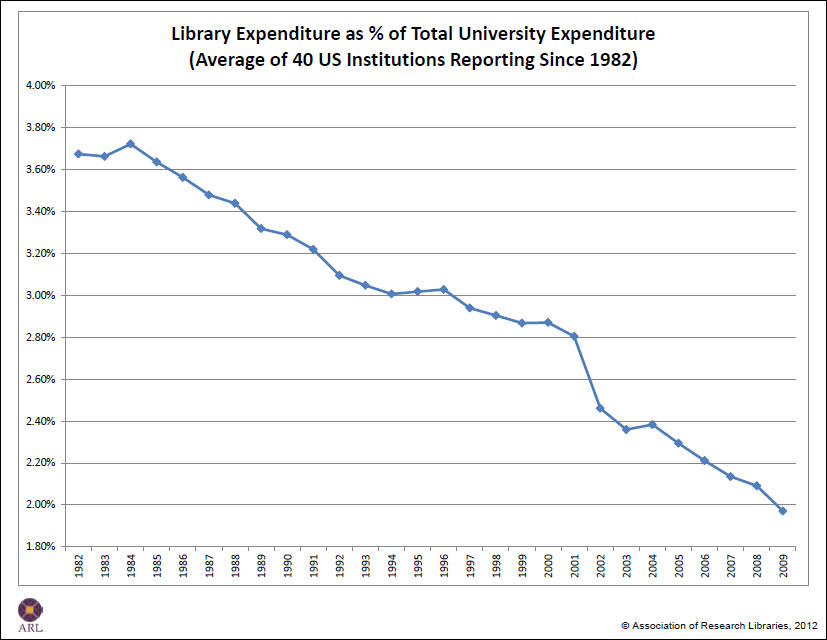 International Open Access Week:
International Open Access Week:
Today marks the beginning of the 6th annual Open Access Week “celebration.” Starting on October 22 and ending on October 28, the week will be filled with various awareness-raising events across the country and the world to publicize and explain what Open Access does. At the Oviatt Library we are also raising awareness of Open Access Week by highlighting it in this blog, providing FAQs about Open Access Week and ScholarWorks, by showcasing our Open Access initiative Scholar Spotlight, and by providing a Twitter feed of important information and issues related to Open Access, Copyright and the state of academic publishing.
But why? What’s all the fuss about Open Access? Why should any of us really be that concerned about it?
Generally speaking, as academics, scholars and former students par excellence, we faculty members have been extremely successful in our research. We have been able to make a career of turning curiosity into a virtue and translating our internal visions into reality through our scholarship and creative works. As exemplars of lifelong learning, we are fortunate to have the freedom and institutional encouragement to go wherever our intellect and curiosity take us.
However, on the opposite side of that coin we have also, as part of the RTP process, felt the external push to publish and share our work regardless of the costs. Therein lies the rub.
One of the main casualties of this mix of external and internal motivation has been the relinquishing of copyright control of the very work we create. I am as guilty of this as anyone. While recently signing the copyright agreement with a publisher of an upcoming peer-reviewed journal article, I felt the tension of internal motivation to share my work and the external push to avoid jeopardizing its publication at all costs.
I was of course elated to have my work accepted by a well-respected journal in my field. At the same time, it was dampened by the realization that my work was now, once I signed over my copyrights, no longer in my control. Despite all the effort I took to devise my study, write the draft, and revise it according to uncompensated peer-reviewers, I was still required to relinquish my rights of ownership to the work. All the effort was mine and the peer-reviewers. Yet the publisher reaped the financial and intellectual property rewards, while I was left with a citation for my PIF and a free copy of the article (which I could NOT post online or distribute without their permission).
This is not an isolated event. Tenure track faculty are especially vulnerable to these practices because RTP values publication to such an extent that we are often afraid to jeopardize the publication process. We all want to have long and prosperous careers in our chosen disciplines. Publishing is one of the requirements for this. But at the same time, is this not a ruinous situation in the long-run when the very work and ideas that we generate (often funded by public institutions) becomes the property of proprietary interests?
The result of this one-sided relationship has been immense increases in the cost of accessing the intellectual output of whole segments of academia. The Oviatt library, for example, is currently unable to provide access to CSUN’s own locally edited and published journal The California Geographer because the database company that hosts it, namely EBSCO, has increased prices to the point that we cannot afford top-tier access. The California Geographer is part of this top-tier access. There is truly a problem when a publicly-funded university is unable to access the very scholarship created by its own faculty, partly because a publisher is exploiting policies created by the university itself.
Below are two charts that show the stark contrasts: on one hand journal prices rose 114%, the Consumer Price Index (CPI) rose 31%, while library expenditures in American Research Libraries dropped from 3.7% of a total university expenditures to just below 2%.
source: http://www.library.ucsf.edu/help/scholpub/journalcosts
source: http://www.arl.org/stats/annualsurveys/eg/index.shtml
Obviously this spells trouble. These trends are unsustainable, even to the Harvards and Princetons of the world. That is why Open Access has been presented as an antidote to the currently ruinous and dysfunctional academic publishing environment.
On a positive note, more and more publishers are starting to cooperate with the Open Access Movement. Major research institutions such as Harvard and Princeton have each developed mandates to ensure Open Access for the scholarship created by their faculty. Many disciplines, especially in Biology, Physics, and Mathematics, have embraced Open Access as the publishing model of the future.
Finally several Federal grant providers, including the NSF and NIH, have also begun to mandate Open Access for all publications stemming from their funding. The result is that Open Access is here to stay and will help to ensure that publicly funded scholarship remains accessible to the public.




